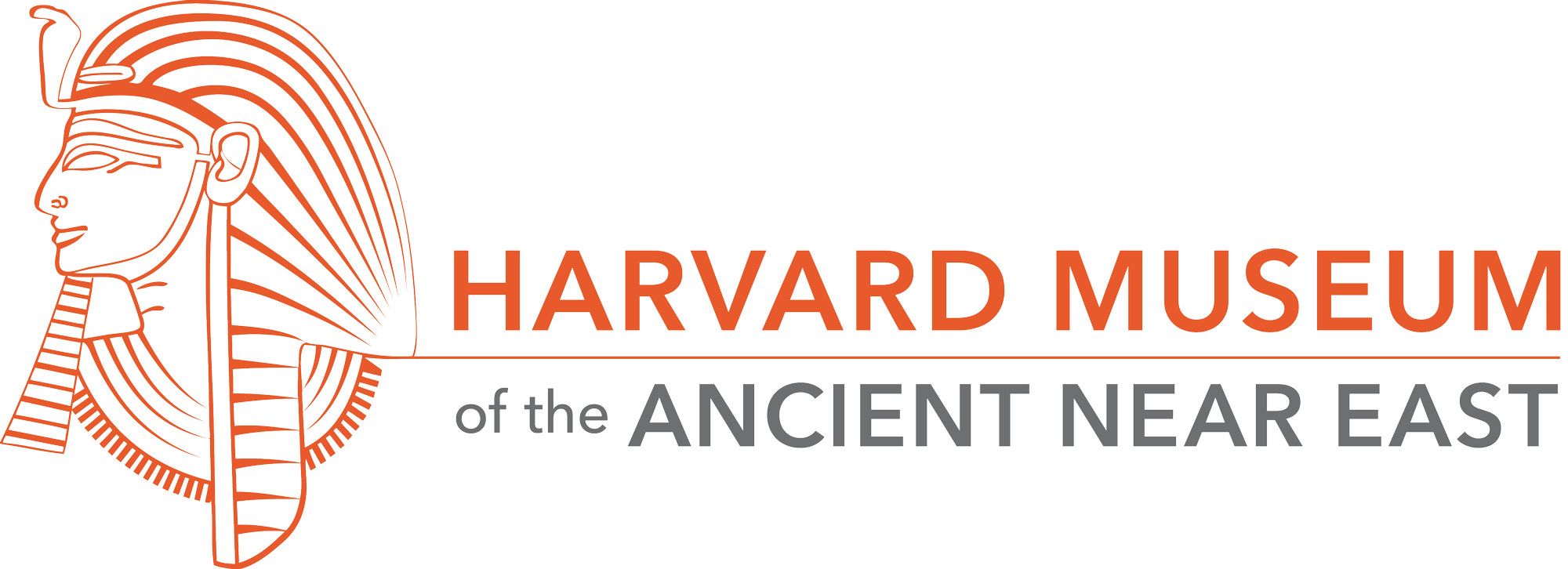Cyprus

In 1865, General Luigi de Palma Cesnola, a naturalized Italian American, became the United States' consul to Cyprus, and while there, he began to acquire antiquities. While Cesnola's excavations on the island in the 1860-70s were, frankly, treasure hunts, he did draw attention to the rich antiquity of the land. When he left Cyprus, he took with him thousands of objects, which formed part of the original collection of the Metropolitan Museum in New York.
In 1995, the Harvard Museum of the Ancient Near East acquired, in a three-way exchange with the Stanford University Museums and the Harvard University Art Museums, a portion of the famous Cesnola collection which Stanford had purchased from the Met. The museum's collection comprises over 1300 ceramic vessels, lamps, figurines, stone, glass, and metal objects from Cyprus, dating from ca. 2300 BCE to 700 CE.













